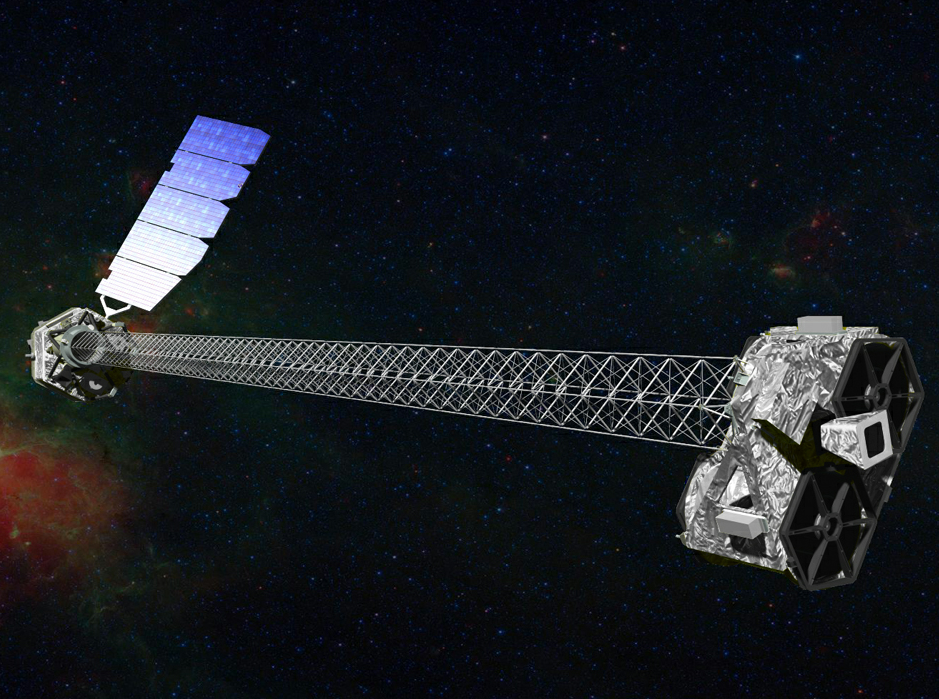NASA’s Black-Hole-Hunting NuSTAR Telescope Has Launched
At noon today, NASA’s Nuclear Spectroscopic Telescope Array (NuSTAR) was released from a companion aircraft and sent off into Earth’s...

At noon today, NASA’s Nuclear Spectroscopic Telescope Array (NuSTAR) was released from a companion aircraft and sent off into Earth’s orbit. That’s big news for black hole and space enthusiasts: The technology strapped to it will make the hunt for celestial objects significantly easier, both in the Milky Way and farther abroad.
The telescope has enough resolution to catch the highest-energy X-ray light emanating from space and packs enough power to see through the gas and dust that falls in front of black holes. But NuSTAR will be working on more than that while it’s out there: it’ll be used in the search for dead, compact, or exploded stars and even be turned on the sun in an attempt to better understand its heating process.
It won’t be up and running for about another month, when NASA has it scheduled to get started on research operations, and it might take a while before anything major is gleaned from the info. But it will be fascinating to see what exactly will show up when they turn it on.